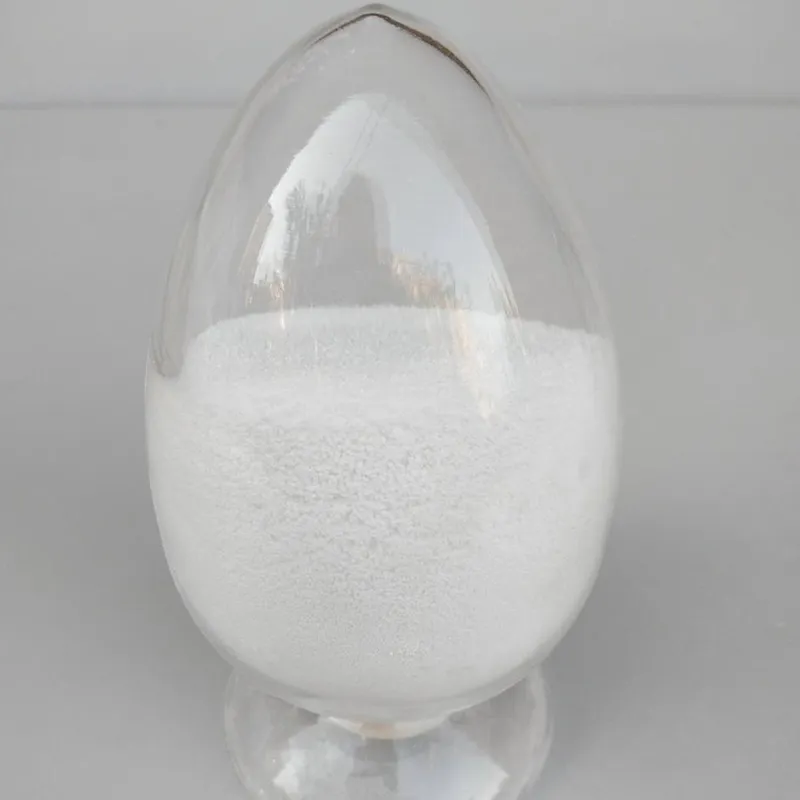
Exploring the Factors Influencing the Cost of Aluminum Hydroxide Production and Supply
The Cost of Aluminum Hydroxide An Overview
Aluminum hydroxide (Al(OH)₃) is a versatile compound widely used across various industries, including pharmaceuticals, water treatment, and as a filler in the production of plastics and rubber. Its unique properties, such as its non-toxic nature and ability to act as a flame retardant, make it an essential material in many applications. Understanding the cost dynamics of aluminum hydroxide is crucial for producers, manufacturers, and consumers alike. This article aims to provide an overview of the factors influencing the cost of aluminum hydroxide and its implications in different sectors.
Factors Influencing the Cost of Aluminum Hydroxide
1. Raw Material Prices The primary constituents for manufacturing aluminum hydroxide are bauxite ore and caustic soda. Fluctuations in the prices of these raw materials significantly affect the production costs. For instance, if the demand for bauxite increases or if there are geopolitical issues affecting its supply, manufacturers may face higher costs, which in turn can increase the price of aluminum hydroxide.
2. Production Costs The process of refining bauxite into aluminum hydroxide involves several steps, including crushing, grinding, and chemical treatment. The cost of energy, labor, and maintenance of equipment can also impact the overall production costs. Changes in technology that lead to more efficient production methods can help reduce these costs, positively affecting the pricing of aluminum hydroxide.
3. Market Demand The demand for aluminum hydroxide varies across different sectors. In the pharmaceutical industry, it is used as an antacid and an adjuvant in vaccines. In water treatment, it is employed to remove impurities and clarify drinking water. The growth of the construction and automotive industries, where aluminum hydroxide is utilized as a flame retardant and filler, also creates additional demand. An increase in demand in these sectors can lead to a rise in prices.
4. Geopolitical Factors Trade policies, tariffs, and international relations can greatly impact the availability and cost of aluminum hydroxide. For example, if a major supplier faces sanctions or trade disputes, the resultant supply shortages can lead to price hikes. Manufacturers must adapt to these geopolitical changes, sometimes resulting in increased operational costs that are passed on to consumers.
aluminum hydroxide cost

5. Environmental Regulations Stringent environmental regulations aimed at reducing emissions and waste can increase production costs for aluminum hydroxide. Compliance might require manufacturers to invest in cleaner technologies or processes, which can elevate initial costs. However, these investments can also lead to long-term savings and sustainability, balancing the initial expense.
Implications of Aluminum Hydroxide Cost on Industries
The industry-wide cost of aluminum hydroxide can have cascading effects on various sectors. In pharmaceuticals, fluctuations in prices could lead to increased costs for medications, potentially impacting accessibility for consumers. In the construction and automotive industries, higher material costs could lead to increased prices for manufactured goods, affecting overall market competitiveness.
Moreover, manufacturers continually seek to optimize their supply chains to manage costs effectively. Sourcing raw materials from alternative suppliers or investing in research to develop new production techniques can all contribute to stabilizing the cost of aluminum hydroxide over time. Companies often pass these savings onto consumers to maintain market share and competitiveness.
Conclusion
The cost of aluminum hydroxide is influenced by a multitude of factors ranging from raw material prices to market demand and geopolitical situations. As various industries rely on this critical compound, understanding these dynamics is essential for making informed decisions on production and consumption. For manufacturers, remaining adaptable to these changing conditions is key to sustaining profitability while ensuring that consumers have access to affordable products. Moving forward, advancements in production technology and shifts in global demand will likely continue to play significant roles in shaping the future costs of aluminum hydroxide.
-
Pure Sodium Dichloroisocyanurate Dihydrate | Powerful DisinfectantNewsAug.29,2025
-
Industrial Chemicals: Quality & Purity for Every IndustryNewsAug.28,2025
-
Nitrile Rubber Honoring Strict Production StandardsNewsAug.22,2025
-
Aspartame Ingredients Honoring Food Safety ValuesNewsAug.22,2025
-
Fertilizer for Balanced Plant NutritionNewsAug.22,2025
-
Cyanide Gold Processing with High Purity AdditivesNewsAug.22,2025
-
Formic Acid in Textile Dyeing ApplicationsNewsAug.22,2025
Hebei Tenger Chemical Technology Co., Ltd. focuses on the chemical industry and is committed to the export service of chemical raw materials.
-

view more DiethanolisopropanolamineIn the ever-growing field of chemical solutions, diethanolisopropanolamine (DEIPA) stands out as a versatile and important compound. Due to its unique chemical structure and properties, DEIPA is of interest to various industries including construction, personal care, and agriculture. -

view more TriisopropanolamineTriisopropanolamine (TIPA) alkanol amine substance, is a kind of alcohol amine compound with amino and alcohol hydroxyl, and because of its molecules contains both amino and hydroxyl. -

view more Tetramethyl Thiuram DisulfideTetramethyl thiuram disulfide, also known as TMTD, is a white to light-yellow powder with a distinct sulfur-like odor. It is soluble in organic solvents such as benzene, acetone, and ethyl acetate, making it highly versatile for use in different formulations. TMTD is known for its excellent vulcanization acceleration properties, which makes it a key ingredient in the production of rubber products. Additionally, it acts as an effective fungicide and bactericide, making it valuable in agricultural applications. Its high purity and stability ensure consistent performance, making it a preferred choice for manufacturers across various industries.





